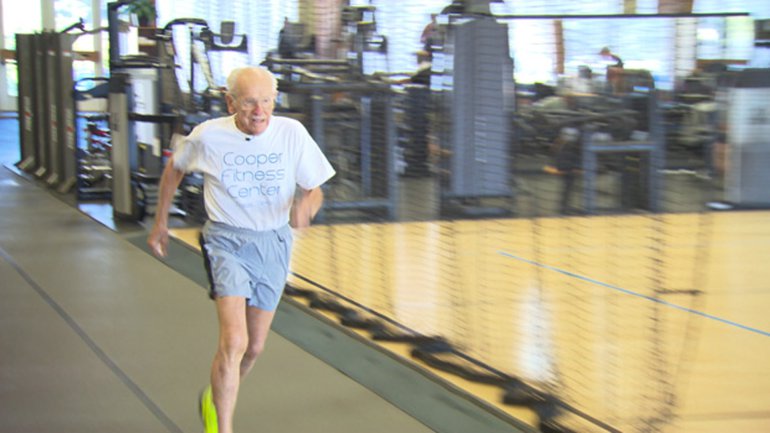Symptoms of vitamin D deficiency
Being an important vitamin, vitamin D has an effect on several systems throughout the body.
Unlike most vitamins, vitamin D actually functions like a hormone, and every single cell in the body has a receptor for it.
The body makes the vitamin D from cholesterol when skin is exposed to sunlight.
It’s also found in certain foods such as fatty fish and fortified dairy products. However, it is very difficult to get enough from diet alone.
The recommended daily intake is usually around 400-800 IU.
Vitamin D deficiency is very common with almost 1 billion people in the world having low vitamin levels in their blood.
According to a 2011 study, 41.6% of adults in the US are deficient. This number goes up to 69.2% in Hispanics and 82.1% in African-Americans.
The risk for having vitamin D deficiency is high in the following:
- Dark skinned
- Elderly
- Staying indoors
- Not having much fish or fortified milk
- Overweight / obesity
- Living in a region where there is little sunshine
- Using sunscreen when going out
People who live near the equator and get frequent sun exposure are less likely to be deficient, because their skin produces enough vitamin D to satisfy the body’s needs.
Most people don’t realize that they are deficient, because the symptoms are generally subtle and they often go unnoticed even if the quality of life is affected.
The symptoms of vitamin D deficiency are listed below:
- Falling sick often or getting infected often
- Bone pains
- Backaches
- Fatigue and tiredness
- Impaired wound healing
- Hair loss
- Bone loss
- Muscle pain
- Depression
Visit a doctor in case of any of the symptoms.
Vitamin D deficiency is usually easy to rectify – increase your sun exposure, eat more vitamin-D rich foods and/or take a vitamin D supplement.
Regular follow-up with your doctor is necessary.
